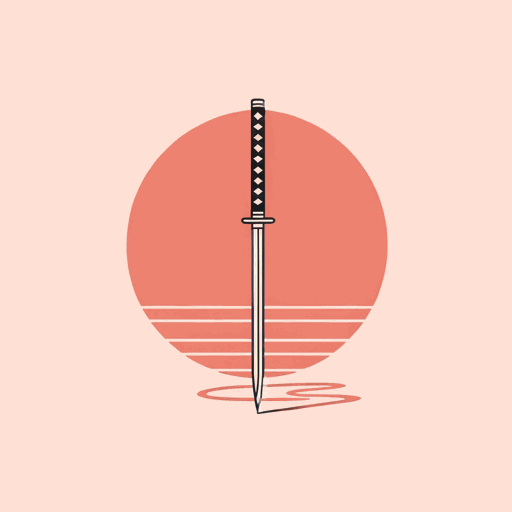57 pages • 1 hour read
Katsu Kokichi, Transl. Teruko Craig, Illustr. Hiroshige UtagawaMusui's Story
Nonfiction | Autobiography / Memoir | Adult | Published in 1843A modern alternative to SparkNotes and CliffsNotes, SuperSummary offers high-quality Study Guides with detailed chapter summaries and analysis of major themes, characters, and more.
Key Figures
Kokichi Katsu
Author Kokichi Katsu (1802-1850) was a low-ranking samurai who lived at the end of the Tokugawa-shogunate period, also known as the Edo period, in Japan. He is the author of the given autobiography and a kobushin—an unemployed samurai. His original surname was Otani. The author changes this surname to Katsu due to being adopted into the Katsu family. Such adoptions customarily occurred so that a younger son from one family—who could not inherit a stipend from the father in a primogeniture-like system—could marry a daughter from another family. Katsu eventually does so by marrying the only Katsu daughter Nobuko, who is briefly mentioned in the book.
Heizō Otani, Kokichi’s biological father, served as a low-ranking shogunate official. Kokichi’s older half-brother, Hikishirō Otani, became a well-respected Confucian scholar, calligrapher, and district administrator. Unlike his high-achieving biological family, Katsu leads quite a different life. In his autobiography, he openly describes a life of immorality—stealing, cheating, and womanizing without much regard for others. Katsu receives a small annual stipend thanks to his social status, falling somewhere between the bannermen and housemen samurai ranks.

